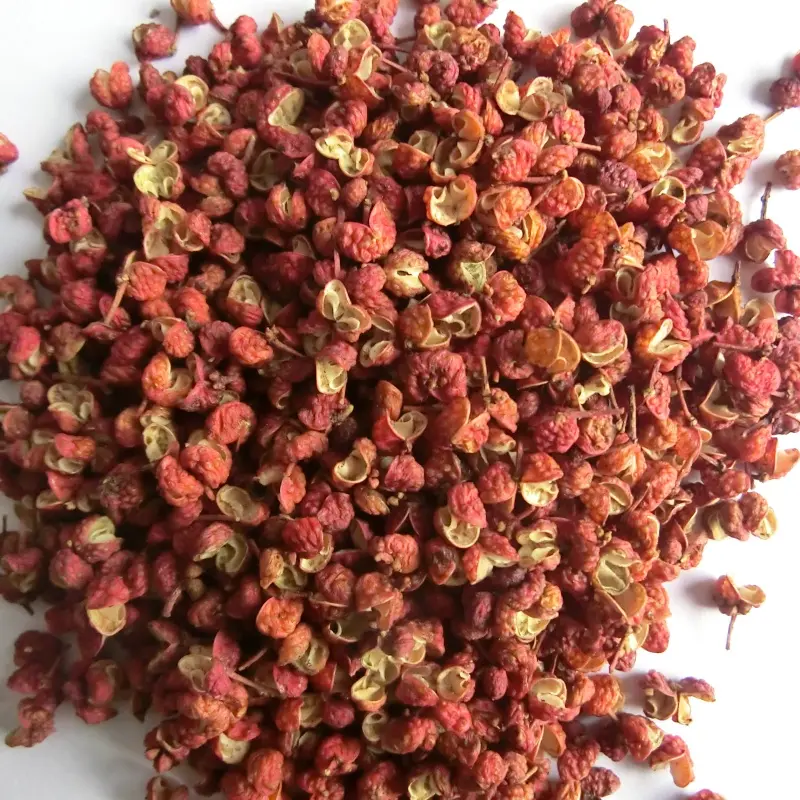A Journey Through Taste, Terroir, and Trade
When one mentions Sichuan cuisine, the first thing that comes to mind isn’t just the fiery spice—it’s the unmistakable, mouth-tingling sensation that makes your lips quiver and your palate dance. That sensation comes from none other than the magical Sichuan pepper, a spice so potent and complex that it refuses to be pigeonholed. But ask the question—how many varieties of Sichuan pepper are there?—and you’ll open the door to a surprisingly intricate world shaped by geography, climate, cultivation, and culture.
In this article, we’ll peel back the layers of Sichuan pepper diversity, combining agricultural data, expert research, export trends, and the behind-the-scenes insights from Weifang Manna Foods Co., Ltd. (Manna Food), a global spice leader and expert manufacturer of high-quality Sichuan peppercorns. Buckle up—we're about to dive deep into the spicy heart of China.
What is Sichuan Pepper, Technically?
To begin, it’s important to clarify that Sichuan pepper isn’t a pepper at all. It belongs to the genus Zanthoxylum, part of the citrus family, and its spice comes not from the seeds but from the dried outer husk. Containing hydroxy-alpha-sanshool, it's responsible for that unique tingling or numbing effect known as "ma" (麻) in Chinese cuisine.
But within this singular experience lies a bouquet of variations. Let's take a look.
Major Varieties of Sichuan Pepper
Here’s a quick summary of the main varieties widely recognized across China and beyond:
Table 1: Overview of Major Sichuan Pepper Varieties
| Variety Name | Color | Spice Level | Main Region | Usage |
|---|---|---|---|---|
| Zanthoxylum bungeanum (Red) | Red | Moderate | Shaanxi, Gansu | Oil & seasoning |
| Zanthoxylum armatum (Green) | Green | High | Sichuan, Yunnan | Fresh dishes |
| Da Hongpao | Deep Red | Moderate | Gansu, Shaanxi | Powder seasoning |
| Hanyuan Pepper | Reddish-Brown | Strong | Hanyuan, Sichuan | Export & high-end cuisine |
| Yunnan Wild Pepper | Light Green | High | Yunnan | Specialty spice blends |
Each variety boasts its own aromatic profile and strength. Hanyuan pepper, for instance, is regarded as the "Rolls-Royce" of Sichuan pepper due to its intense fragrance and long-lasting numbing sensation. Da Hongpao is often used for commercial spice blends thanks to its consistent quality and availability.
Where Are They Grown? China's Sichuan Pepper Production Landscape
The geography of Sichuan pepper is surprisingly vast. While Sichuan province remains the spiritual and commercial heartland of the spice, other provinces like Gansu, Yunnan, and Shaanxi have also become major producers.
Table 2: Regional Production Data of Sichuan Pepper
| Region | Annual Production (tons) | Main Varieties |
|---|---|---|
| Sichuan | 16,000 | Hanyuan, Red |
| Gansu | 9,000 | Da Hongpao |
| Shaanxi | 8,500 | Red |
| Yunnan | 6,000 | Green, Wild |
| Chongqing | 4,500 | Mixed |
These numbers highlight that Sichuan pepper is far from monolithic. Differences in altitude, rainfall, and soil composition contribute to the variety's flavor complexity, even within the same species. In Yunnan, wild pepper grows at altitudes above 2,000 meters, giving it a wilder, more citrus-forward punch compared to lowland varieties.
Global Demand: What Varieties Does the World Love?
Manna Food has been exporting Sichuan peppercorns globally since 2006, and based on their export statistics, different regions have different preferences. While the U.S. favors the deep, smoky flavor of red peppercorns, Japan leans heavily toward green varieties for their aromatic zest.
Table 3: Sichuan Pepper Export by Region (Manna Food Data)
| Country/Region | Import Volume (tons) | Preferred Variety |
|---|---|---|
| USA | 1,200 | Red |
| Japan | 900 | Green |
| Canada | 850 | Red |
| Europe | 1,300 | Mixed |
| Middle East | 700 | Red |
| Taiwan | 600 | Green |
Manna Food’s advanced processing capabilities—including color sorting, vacuum packaging, metal detection, and strong demagnetizers—allow it to tailor Sichuan pepper products precisely to meet the flavor profiles and regulatory requirements of different markets.
Not All Pepper Is Created Equal: Quality, Oils, and Science
You’d think pepper is pepper, right? Not quite. Researchers have identified several key compounds in different varieties of Zanthoxylum that greatly influence aroma and numbing strength. For example:
Green Sichuan Pepper tends to have higher levels of limonene and linalool, lending it a fresh, citrusy top note.
Red Sichuan Pepper contains more sanshools, which result in a stronger numbing effect.
Hanyuan pepper has a rare compound composition that gives it a long-lasting aroma even after cooking.
The oil content also differs. Premium Hanyuan pepper can have essential oil yields of up to 7–10%, while lower-grade varieties hover around 3–5%. For those in the seasoning or essential oil business, that’s a game-changer.
From Farm to Fork: How Manna Food Ensures Consistency
With over 15 years of experience and deep roots in the spice supply chain, Weifang Manna Foods Co., Ltd. ensures:
Strict pesticide control from planting to harvest
FDA, HACCP, ISO:2008, and HALAL certifications
Customized processing including grinding, cleaning, packaging
High-grade stainless steel equipment that meets international food safety standards
Whether you’re sourcing red Sichuan pepper for oil pressing or green pepper for Japanese cuisine, Manna Food’s vertically integrated model ensures consistency in quality, flavor, and supply chain reliability.
So, How Many Varieties Are There Really?
If you ask a farmer, a chef, and a botanist, you might get three different answers. Botanically, there are over 20 recognized subspecies and cultivars of Zanthoxylum used in spice production. Culturally and commercially, the number hovers around 5–7 major types, with dozens of micro-varieties named by their locality or tree lineage.
And with China’s increasing push for regional branding and agricultural GI (Geographical Indications) protections, expect more pepper varieties to claim distinct labels—just like wine or cheese.
The Tangled Web of Taste and Tradition
In the end, Sichuan pepper is more than just a spice. It’s an expression of place, history, and palate—a symphony of scent, texture, and sensation that tells the story of the land it comes from.
Diverging for a moment, it’s interesting to note how different cultures interpret "spice." In India, it’s warmth; in Thailand, it’s heat; but in Sichuan, it’s a slow, electric numbing that lingers and changes the way you taste everything else. There’s a poetic lesson here—spice doesn’t just excite the tongue, it rewires perception.
Closing Thoughts: More Than Just a Pepper
The next time you bite into a fiery bowl of mapo tofu or a fresh green peppercorn hotpot, pause for a moment and wonder: Which variety of Sichuan pepper is sparking that electric sensation? Was it grown on a high mountain slope in Hanyuan? Was it wild-harvested in Yunnan? Or was it part of Manna Food’s high-precision export batch heading to your local gourmet store?
Whatever the case, one thing is certain: there’s no such thing as just one Sichuan pepper. There’s a world of them. And they’re waiting to be discovered.
About Weifang Manna Foods Co., Ltd.
Founded in 2006, Weifang Manna Foods Co., Ltd. (Manna Food) is a global leader in the manufacturing and export of Sichuan pepper and other spices. With cutting-edge facilities, strict quality control, and global certifications (FDA, HACCP, ISO), Manna Food serves clients in the U.S., Japan, Canada, Europe, and beyond. Welcome to contact us now!
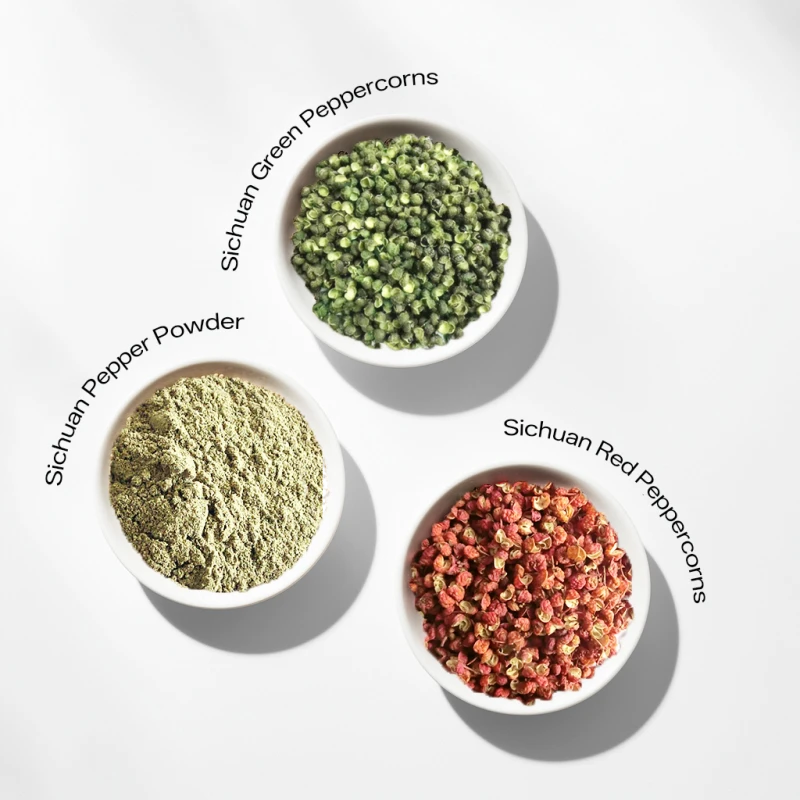
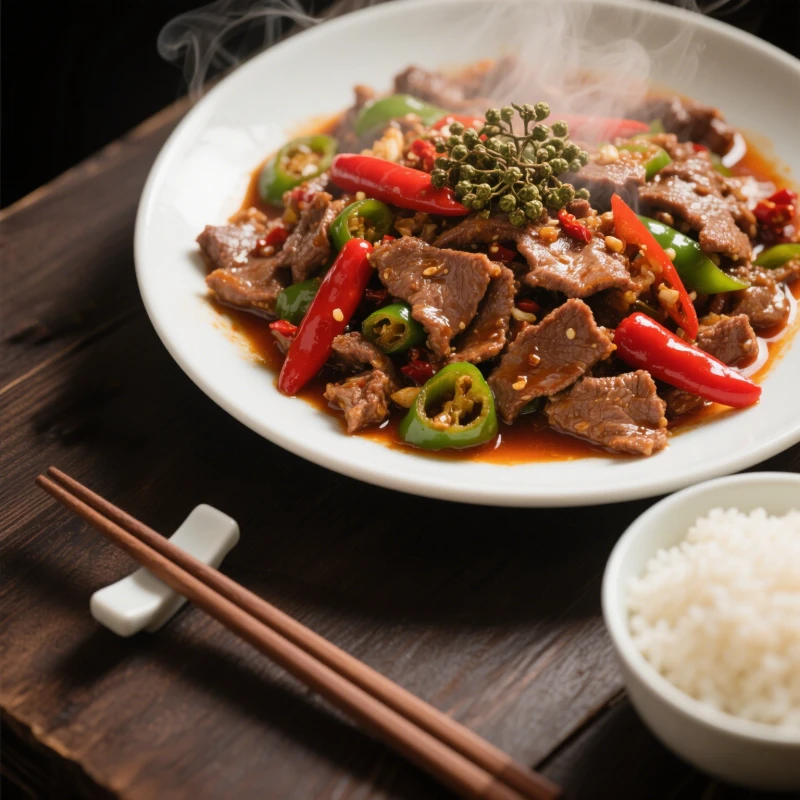
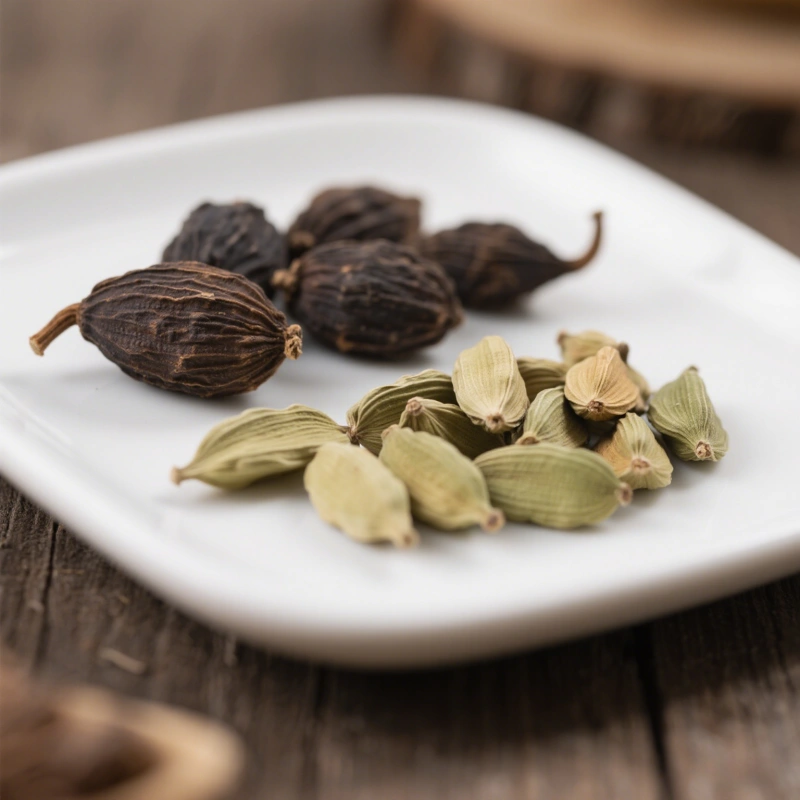

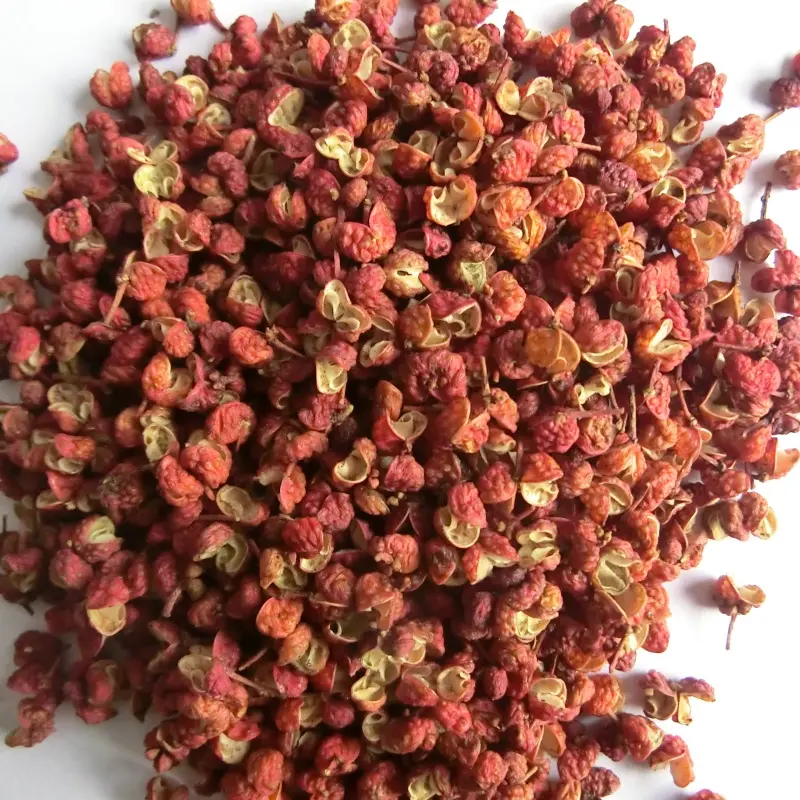
811.webp)

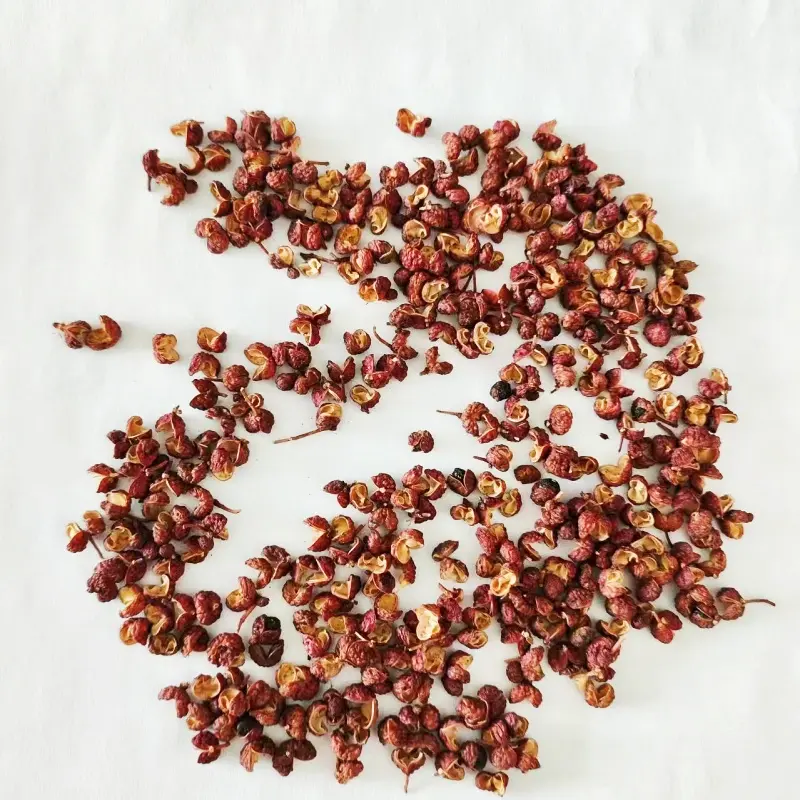
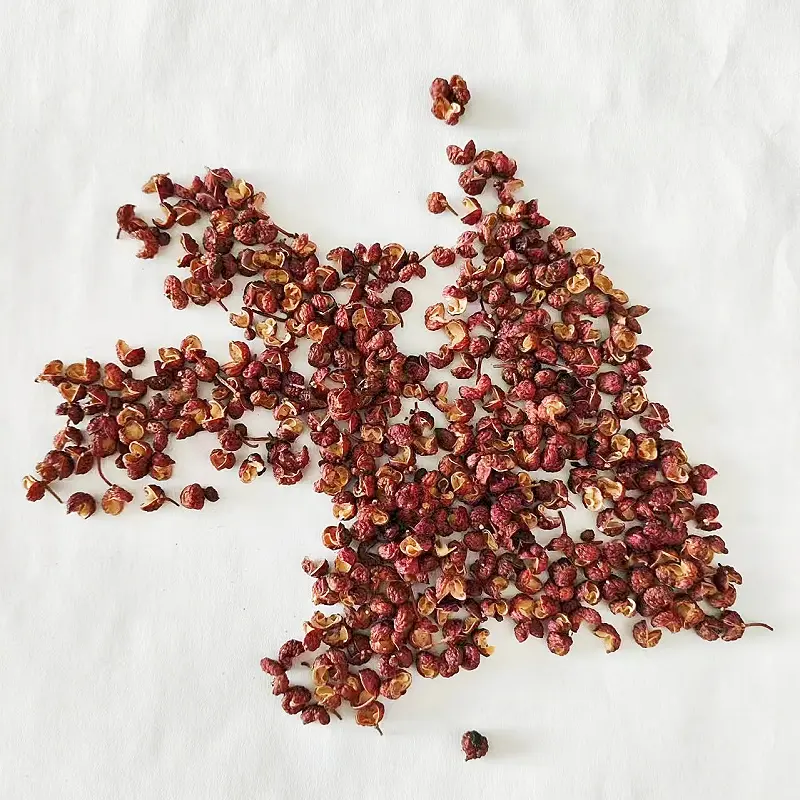
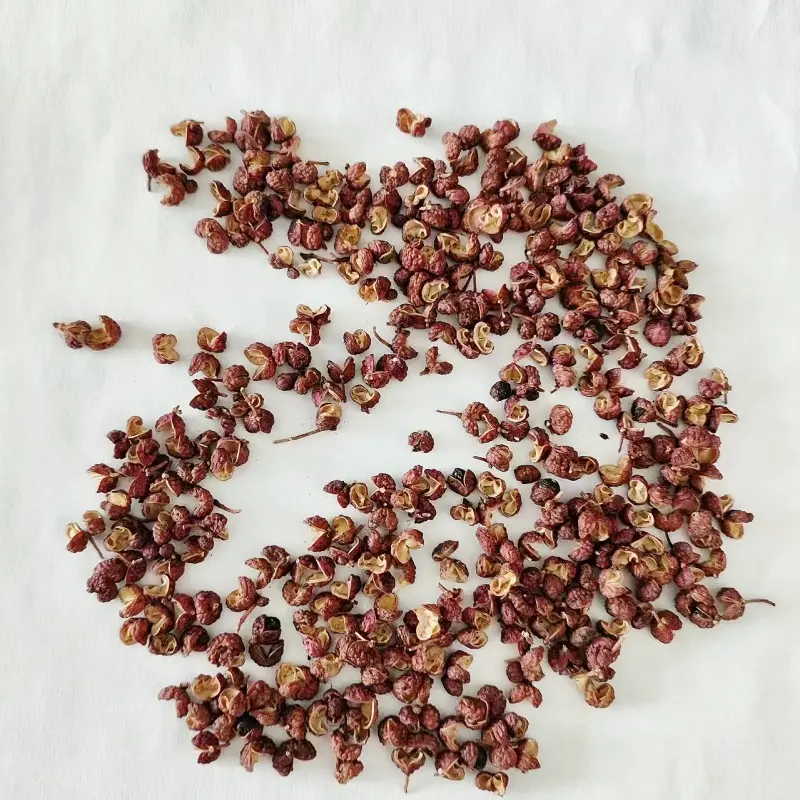
114.webp)
